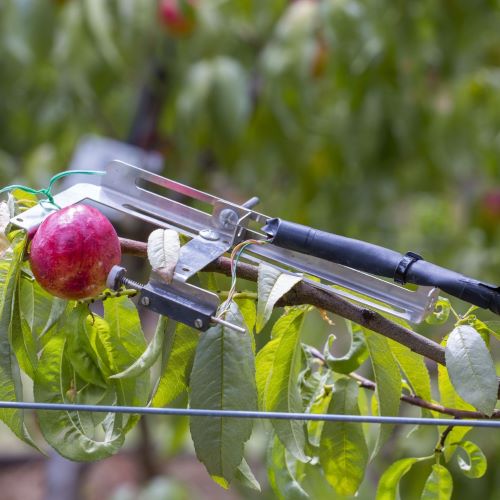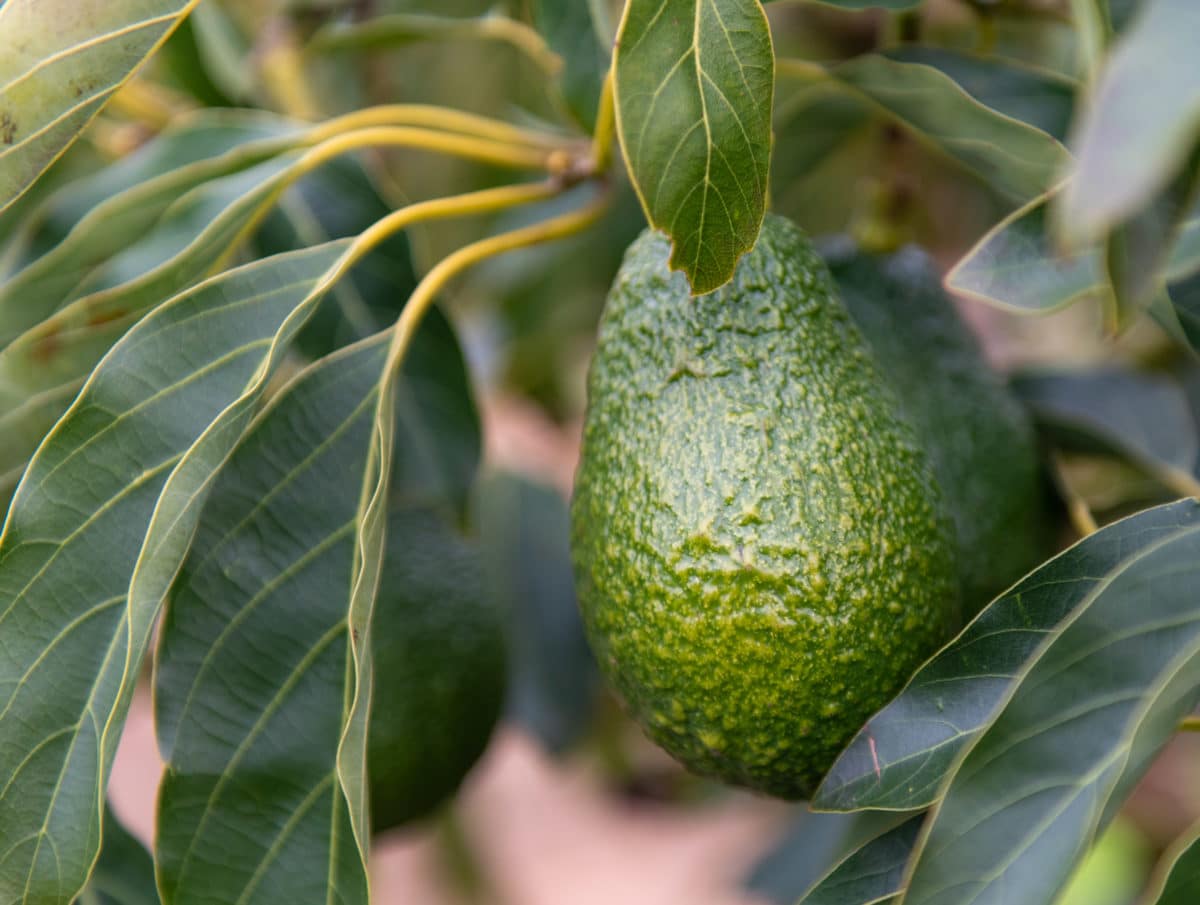Though agrivoltaics or Agri-PV has been around for decades, it has only been in recent years that the pressures of the fossil fuel industry upon biodiversity loss and food production have highlighted the extraordinary symbiotic benefits which accrue when solar PV and agriculture are combined. Indeed, agrivoltaics has picked up so much speed in recent times that in Q1 2021, pv magazine‘s UP Initiative has made Agri-PV its focus.
In Australia, despite our extensive agriculture, agrivoltaics has not taken off as it has in other parts of the world. This is primarily because Australia has extensive land, and agrivoltaics is currently most valuable as a dual land use system in countries like Israel which have limited land, ample sun, and growing populations.
However, Australians are starting to realise that the advantages of agrivoltaics are not just limited to dual-land use which produces clean energy and agricultural produce, but that the symbiotic relationship actually makes both systems more efficient and profitable. Unfortunately, there is still scepticism from some farmers in Australia who think solar panels will negatively impact their yields. And this is why the Victorian (VIC) Government is backing the Tatura SmartFarm in the Goulburn Valley with $5 million from its Smarter, Safer Farms initiative.
The VIC Minister for Agriculture Mary-Anne Thomas, officially opened the SmartFarm this week and announced the Government’s Horticulture Solar Energy program which will examine the impacts of solar energy generation infrastructure and the sun protection it provides fruit trees. The program will see solar panels installed above a pear orchard.
“Farmers and producers experience the impacts of climate change firsthand,” said Thomas, “it’s vital that we help them adapt so they can continue to get our world-class produce to markets across Australia and the world.”
Hence why the Tatura SmartFarm “is an important way for Victorian scientists to develop practical solutions to some of agriculture’s biggest problems, and to grow our export markets.”
This was a notion seconded by Mark Gepp, Member or Northern Victoria: “The Tatura SmartFarm is doing ground-breaking research that’ll help farmers across Australia – I’m really proud that this exciting work has started right here in Northern Victoria.”
Interestingly, the SmartFarm will also feature what is thought to be the world’s first sundial orchard. An orchard which fans out in multiple directions like a sundial replete with sensors to study the experimental designs impact on stonefruit and pomefruit. Experimenting with orchard designs is a way for researchers to understand how agriculture can cope with extreme climatic events.

Image: Vic Gov
Orchardvoltaics
Combining solar with orchards is “undoubtedly a good idea,” said Brecht Willock, a researcher at Belgium’s KU Leuven who is part of a team testing agrivoltaics in a pear orchard, particularly for orchardists. This comes down to the trellising method of orchard plantation itself, which utilises the shade provided by the solar panels to protect fruits from excessive irradiance, while also allowing the trees to grow taller while requiring less water through reduced transpiration.
This has shown to be particularly useful in a country like Israel, says Yaki Noyman, CEO of Doral Energy, a company at the forefront of Israel’s ambition to innovate its way to feeding its growing population on limited agricultural space. The sunny weather is excellent for solar energy “nearly all year long…but unfortunately, we cannot escape global warming, and days of extreme heat waves and lack of precipitation take a toll on farmers.” The ability of agrivoltaic methods to create microclimates becomes essential.
At Doral’s pioneer facility in Kibbutz Maale Gilboa, the company’s orchardvoltaic model’s synergetic relationship begins in the observation that, like solar, orchards come in neat rows like corduroy. Above and between the orchard’s grooves stand solar panels sparkling like sequins in the sun, and at the roots are placed long white sheets. The sheets stretch away down the rows like an over-the-top wedding dress reflecting sunbeams up at the high-standing bi-facial panels and upon the fruit. The reflected light not only boosts the solar energy generated from the bifacial panels, but also benefits the fruit with added quality and colour.
In good news for brekky lovers around Australia, the fruit that seems to profit most from its symbiotic relationship with solar is the avocado.
Science for the sceptics
Brett Heather is the Chief Operating and Technical Officer at Alterra, a company which develops and manages agricultural land, including a planned 300-hectare avocado farm in Pemberton, Western Australia. Heather says solar energy aligns well with the supply and demand needs of an avocado orchard. “Good business principles, Heather said, “lead to good environmental outcomes.”
However, Alterra is not planning on integrating solar with its crops, only laying out solar on the side. Even in Australia, said Heather, where land is not in short supply (Israel is 353 times smaller than Australia), “High quality land assets in premium regions are hard to come by, and installing solar panels is going to impact the plantable area and yields at a development.”
This is the scepticism in Australian agriculture that experiments like SmartFarm will hopefully dispel. That installing solar panels in relationship with crops will negatively impact yield, if the researchers at SmartFarm find their empirical results replicate those seen in the Middle East, Europe, and other parts of the world, then solar integration in orchards may become a much more common sight, and that means more Avocado Smash for everyone.
This content is protected by copyright and may not be reused. If you want to cooperate with us and would like to reuse some of our content, please contact: editors@pv-magazine.com.









By submitting this form you agree to pv magazine using your data for the purposes of publishing your comment.
Your personal data will only be disclosed or otherwise transmitted to third parties for the purposes of spam filtering or if this is necessary for technical maintenance of the website. Any other transfer to third parties will not take place unless this is justified on the basis of applicable data protection regulations or if pv magazine is legally obliged to do so.
You may revoke this consent at any time with effect for the future, in which case your personal data will be deleted immediately. Otherwise, your data will be deleted if pv magazine has processed your request or the purpose of data storage is fulfilled.
Further information on data privacy can be found in our Data Protection Policy.